SADC centre needs US$2m to boost climate service delivery
- By Zimpapers Syndication |
- 25 Apr, 2025 |
- 0
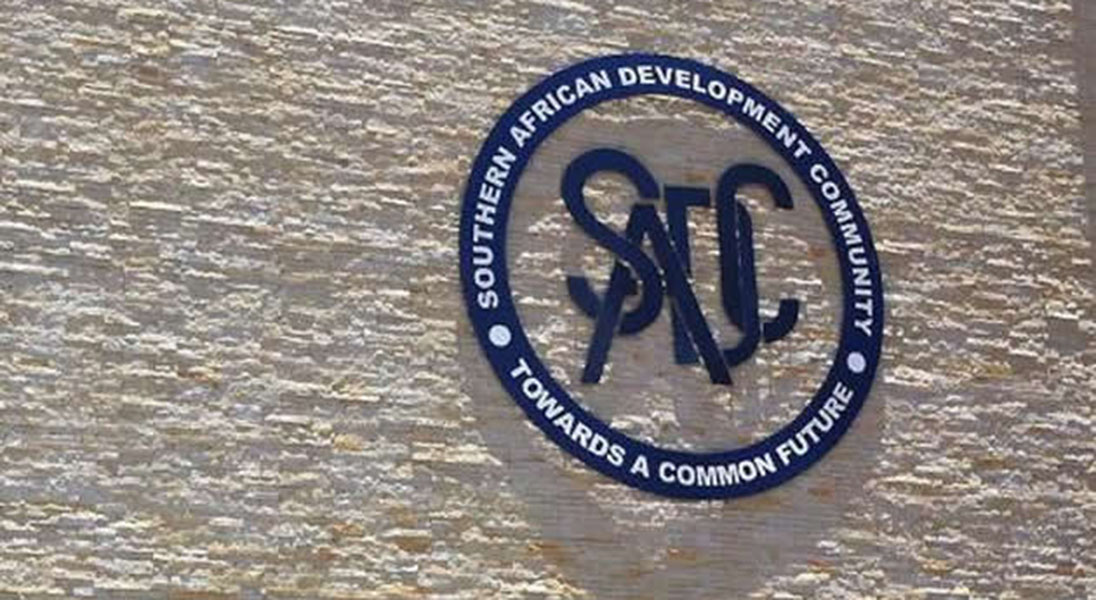
Sifelani Tsiko ---
SADC Climate Services Centre needs US$2 million a year to strengthen its capacity to produce robust climate information and service that can enhance the region’s response to climate change – related problems, a senior official says.
The centre’s coordinator, Bradwell Garanganga told Zimpapers Syndication Services on the sidelines of the just ended 20th Southern Africa Regional Climate Outlook Forum which was held recently in the capital that the centre continues to face funding and under-staffing challenges affecting its operational efficiency.
“We need about US$2 million a year to operate efficiently,” he says. “We also need 5 or more professionals at the centre. We also need to cover salaries and running expenses. These expenses are nothing compared to the impact which make to the region.”
With adequate funding, he says, regional climate experts can generate robust climate information and safeguard economic gains registered across the entire region over the last decade.
“SADC member states need to invest more in new climate technology and skills development to enable the region to predict and forecast weather accurately,” Garanganga says.
“There is no data in some parts of the region. Despite the progress achieved so far, the SADC region is still far from fully applying early warnings of adverse weather conditions necessary to enable adequate preparation to avert their negative effects on communities.
“For every dollar we get for development, we should set aside some of it to upgrade climate forecast technologies and improve our human skills base. For every US$1 you put in meteorology you get up to US$15 in return.”
Investment in climate services, he says, can help improve the region’s human skills base and climate technologies which can go a long way in the provision of accurate weather forecast and reduce the vulnerability of local communities to natural disasters.
Most National Meteorological and Hydrological Services (NMHS) in the Sadc region still have weak weather forecasting systems that must be upgraded to enable them to generate more accurate and usable seasonal climate outlooks.
SADC climate experts met recently here in the capital to craft a comprehensive regional weather forecast for the 2016 – 2017 cropping season which is likely to shift from the dreaded warmer – than -average weather pattern -El Niño – which caused a devastating drought in the entire sub –region to La Nina characterised by better rainfall and climate conditions.
SARCOF 20 was held under the theme: “Improving Preparedness and Management of Climate –Related Disasters in Southern Africa.”
Climate experts were drawn from all the 15 Sadc member states.
Some of the major barriers facing the region when it comes to advancing climate information services is a digital divide related to lack of adequate ICT infrastructure, poor funding and investment in this critical sector.
Climate experts say IT infrastructure is critical for generating robust climate information, efficient communication platforms which are essential for dissemination and knowledge of how to package up the information for users.
“Of these major elements, IT infrastructure is arguably the most critical,” says Garanganga.
Says Amos Makarau, head of the Meteorological Services Department: “The SARCOF process should be given the highest priority by all SADC member states.
“Member states need to move with speed to create a fund for climate services. This should become a permanent feature. The El Nino drought affected us all and we cannot continue to appeal to donors to support the process. We need to rely on our own resources as donor fund come with strings attached.”
He says agriculture is still the mainstay of most SADC countries and investment in climate services could help the region to plan ahead and mitigate the negative impact of droughts and flooding.
Climate experts say the delivery of climate information and services depends heavily on e-infrastructure consisting of High Performance Computing, data, data analytic tools, observing networks and networks of institutions.
“This infrastructure is now extremely cost - effective and much more widely available, these systems are low - hanging fruit ready for Africa to take advantage of,” notes one expert.
There was heightened interest in the SARCOF – 20 forum due to the current El Nino-induced drought gripping the region which has threatened food security, weakened power generation, led to the massive deaths of livestock.
The current drought has slowed down socio-economic development for the region which depends heavily on rain-fed agriculture.
SADC climate scientists say investing in meteorological equipment was not a priority for many countries in the region.
“Rich industrialised nations are taking climate science seriously and have poured billions of dollars to upgrade their climate science technologies,” says a Zimbabwean climate scientist,
“We are not doing much to invest in our systems. The whole region is not doing enough and we need to change our mindset when it comes to climate science.
“We remain very vulnerable as a region and we need to take climate science more seriously.”
Garanganga says Africa requires US$600 million to acquire new equipment and develop its operations to meet needs for climate information users.
“It’s not only a SADC problem but a continent –wide problem,” he says. “Most African countries are still grappling with old and outdated equipment, yet this is a critical sector that must be prioritised.”
Experts say Africa’s core economic sectors are highly vulnerable to the impacts of climate variability and change.
Agriculture, is particularly sensitive as it contributes to around 30 per cent of GDP and employs up to 80 per cent of the continent’s population.
“Climate observing systems show that rainfall in Africa is becoming increasingly erratic and since more than 90 per cent of our agriculture is rain-fed, this sector stands to be one of the hardest hit by climate variability and change,” says one climate expert.
“Unless we have a strong, scientific understanding of the impacts of these changing weather and climate patterns on our vital sectors – and how this will change in the future – Africa’s sustainable development agenda is at risk.”
Regional climate experts all agree that with better funding and more efficient climate information services, the continent’s climate - sensitive sectors will be able to cope better with increased variability, bringing greater agricultural and other productivity while building resilience and improving livelihoods across the continent.
Garanganga says the SADC Climate Services Centre can operate effectively if country meteorological service providers are better positioned to generate climate information by collating, analysing, packaging - up and distributing climate data on variables such as temperature, rainfall, wind, soil moisture, ocean conditions and extreme weather indicators.
He says with high - quality data tailored to meet the needs of farmers and other users, it can help uses plan what to plant and when while with accurate data and analyses, policymakers can have the information they need to make properly informed decisions.
“Strengthening climate services in the SADC region entails developing capacity of agencies to produce and communicate farmer - relevant climate information,” says an official of the Meteorological Association of Southern Africa.
“Our key institutions working on climate services in the SADC countries need to work on a collective process towards strengthening and scaling up climate information and advisory services for agriculture in the region.”
Despite, the numerous challenges facing the region’s weather forecasting sector, prospects are still bright that with closer collaboration and funding support, regional climate expert will stay on course to produce to robust climate information services critical for maintaining growth and development for the SADC region.
“We should not lose hope,” says one climate expert. “With modest invest in our climate systems we can still churn robust climate information and services at affordable cost. It’s not about big money and high performance computers.” -Zimpapers Syndication Services
No Comments



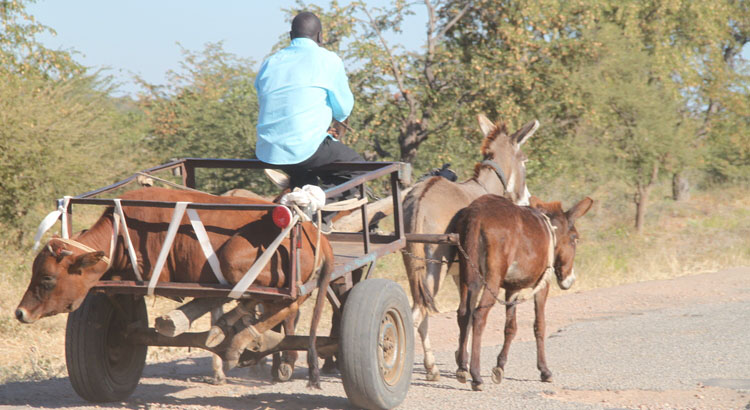


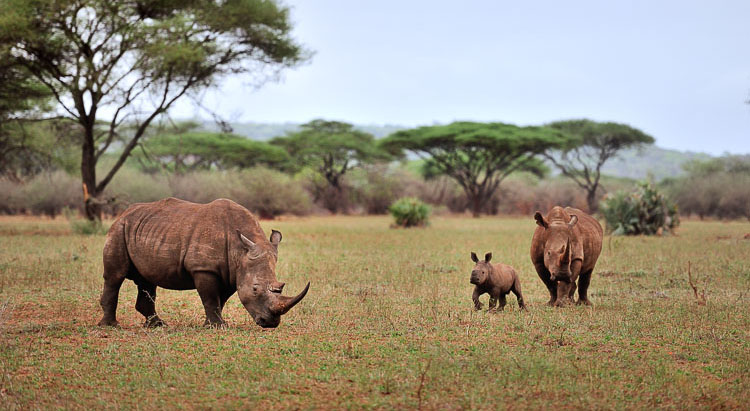


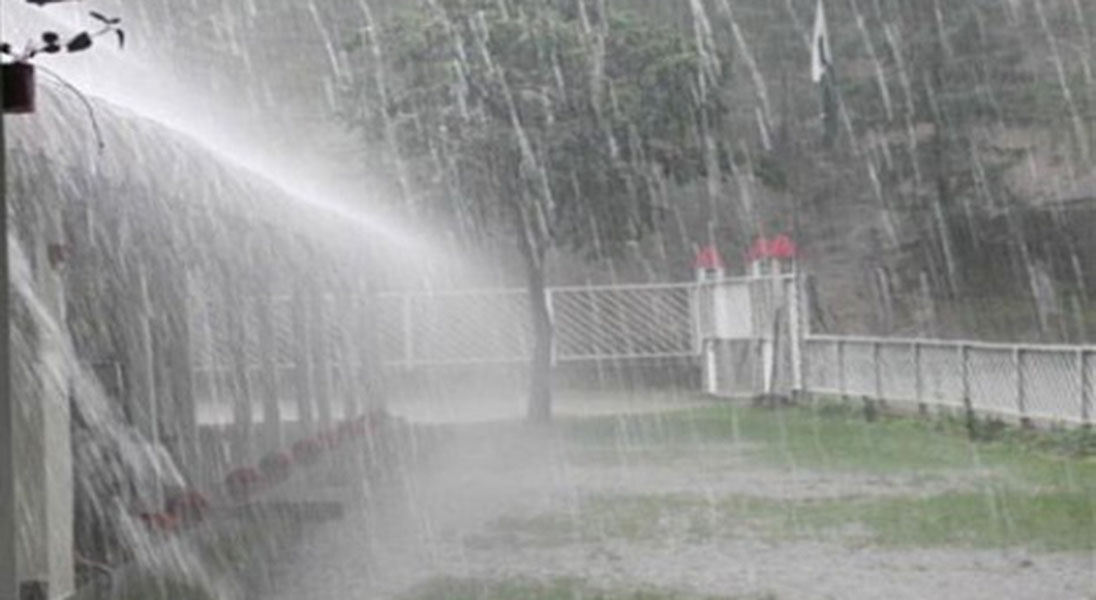
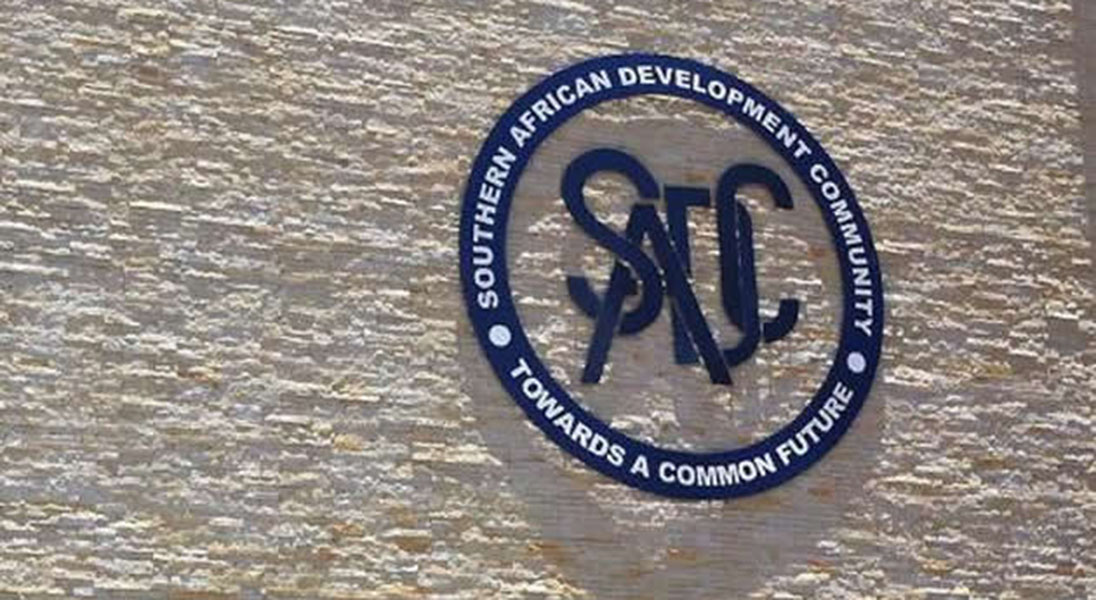
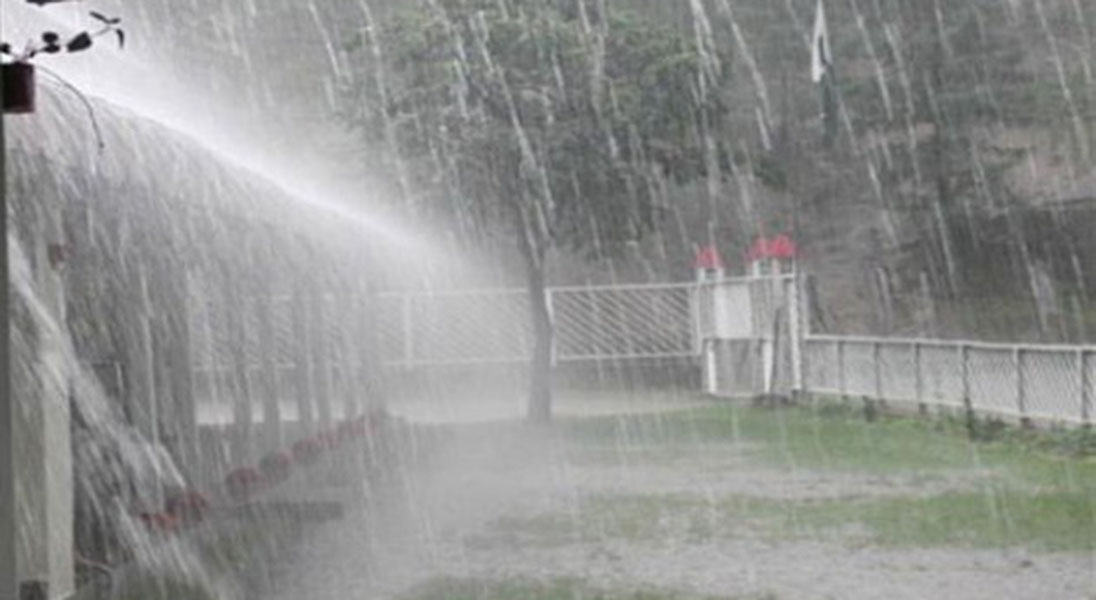
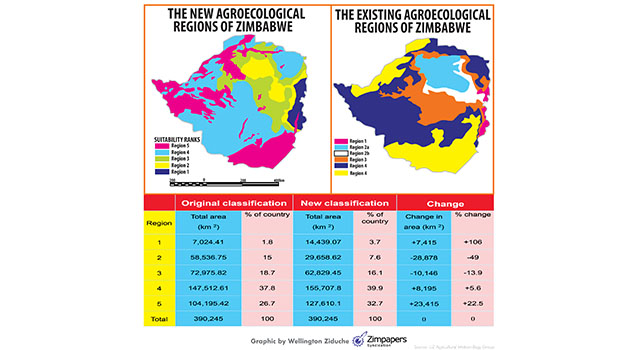
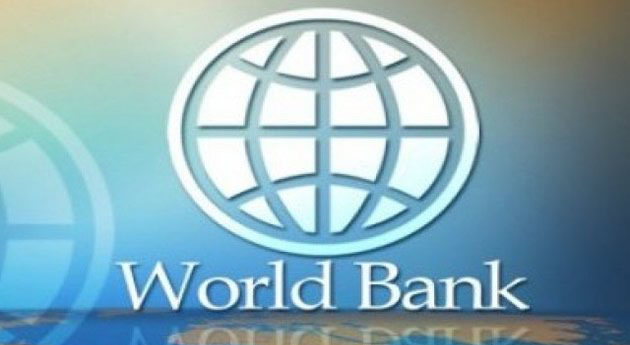
Comment